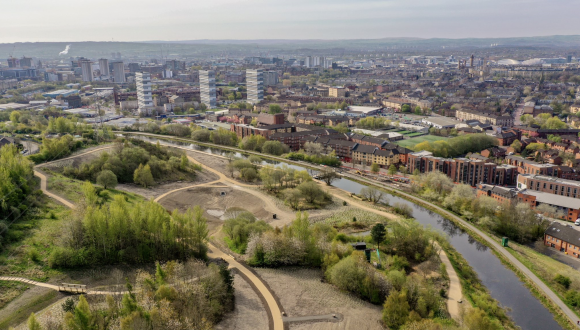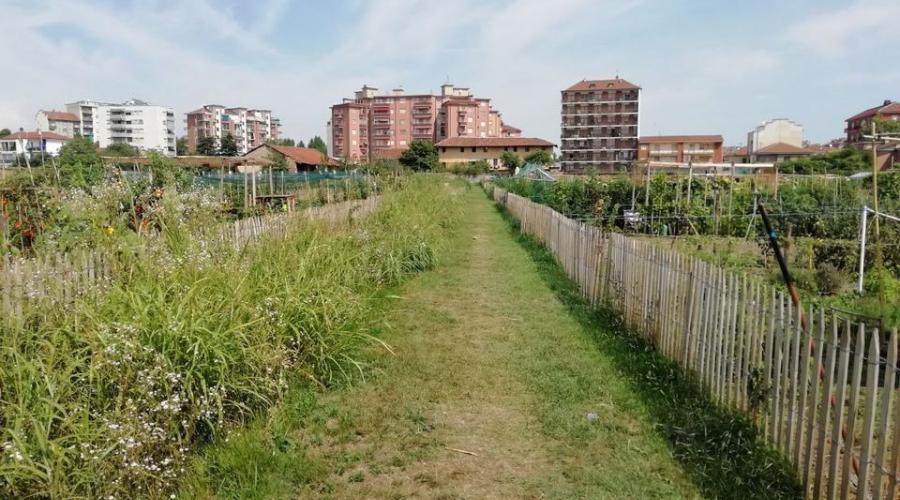
Torino’s vision – green and bold
This is a city that looks forward as well as over its shoulder, and good green infrastructure and pollinator-friendly projects are very much in vogue in Piedmont.
2 March 2021
It’s undeniably one of Europe’s great cities. Home to the iconic Fiat Lingotto building, the famous Turin Shroud, birthplace of Cavour - Italy’s first prime minister. Steeped in compelling history, industry and culture, an economic powerhouse. Framed by distant views of the dramatic Alps and stunning baroque architecture Torino seemingly has it all.
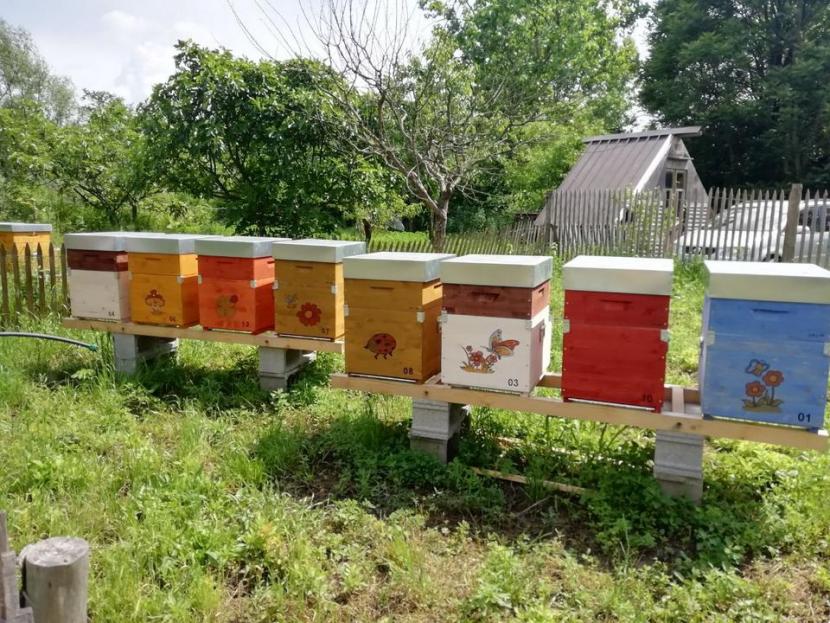
However, this is a city that looks forward as well as over its shoulder, and good green infrastructure and pollinator-friendly projects are very much in vogue in Piedmont.
Torino is at the cutting edge of Italy’s evolving green infrastructure ambitions. Along with cities including Zagreb, Dortmund and Ningbo (China) it is part of the proGIreg project which is adopting nature-based solutions to transform post-industrial cities. It’s a project that will run until at least 2023 and has drawn a deal of praise.
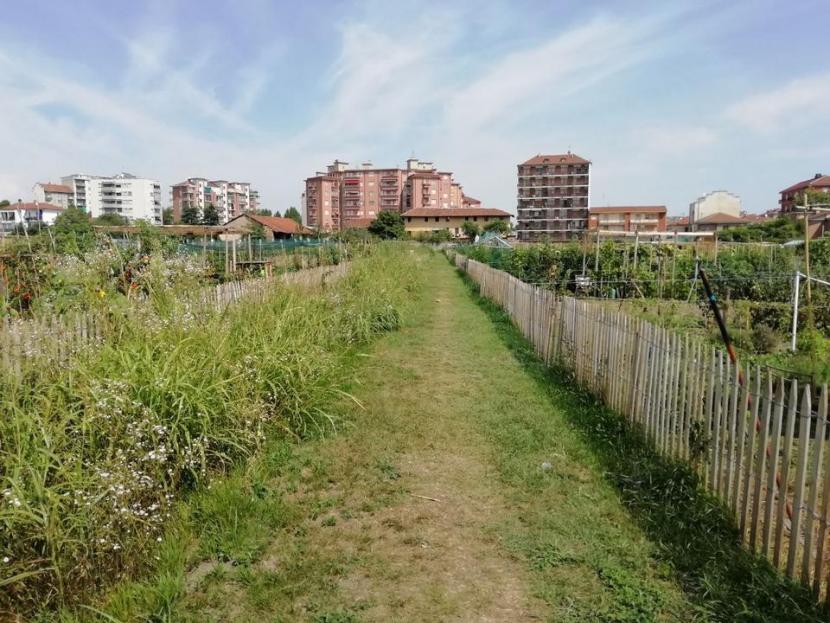
There are eight agreed nature-based solutions being applied, and some of them, such as accessible green corridors, green roofs and walls, pollinator-friendly approaches and community based gardens, are familiar elements of Scotland’s evolving green infrastructure approach too.
There is an admirable, dynamic green vision to make the famous Piedmont capital a healthier and more environmentally friendly city for residents and wildlife.
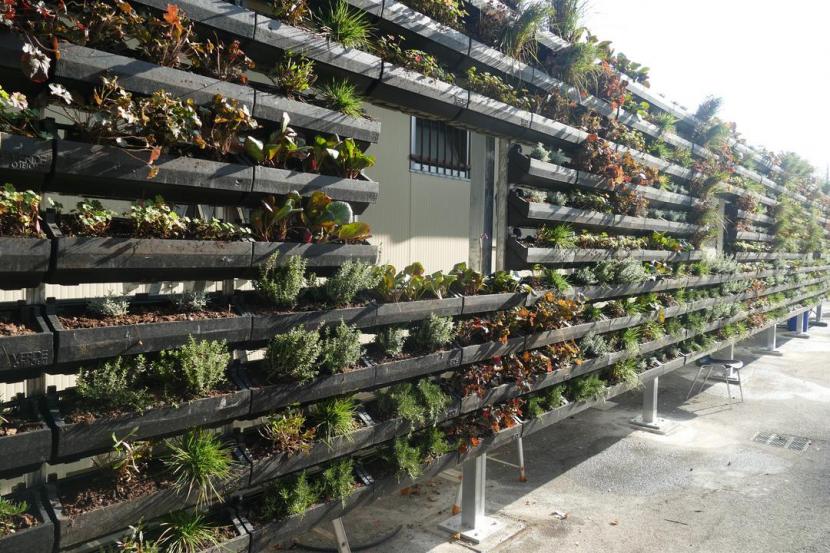
Having a positive mind-set certainly helps. Take the Orto Wow project for example, based in the Mirafiori Sud district — a classic post-industrial neighbourhood near the old Fiat Factory — once synonymous with manufacturing. As we have learned in a post-industrial Scotland, when big industry relocates it can leave behind a legacy of brownfield sites, decaying and derelict buildings and sizeable transportation scars.
Orto Wow overcomes the undoubted challenges of transforming a former industrial neighbourhood by harnessing the collective power of partnership working. Their bold plans skilfully draw on the considerable expertise of the city council, university departments, and enthusiastic local associations.
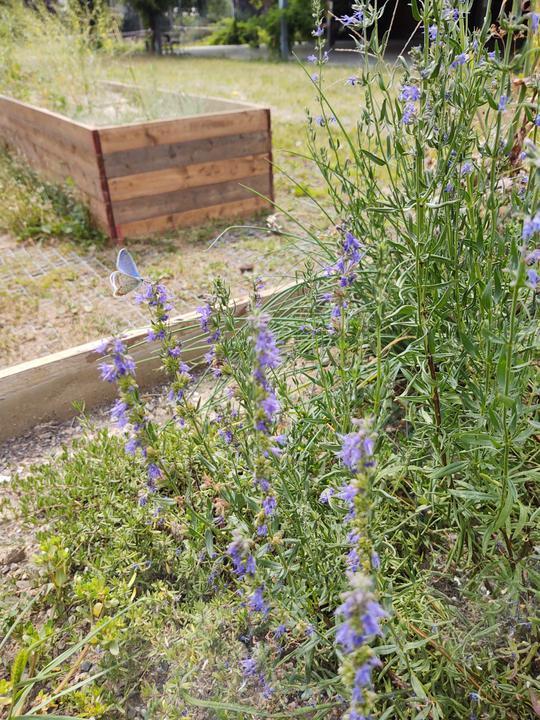
The upshot is the creation of a green oasis, with centre stage perhaps the impressive pollinator garden (with no fewer than 16 raised beds). The idea is to create a city ‘pasture’ for bees and other pollinators. It should succeed, as it has been worked up with the input of the highly respected University of Turin, and in planting classic pollinator-friendly plants such as borage, calendula, thyme, chives, dandelions and wild mustard a guaranteed feast for pollinators is on the menu.
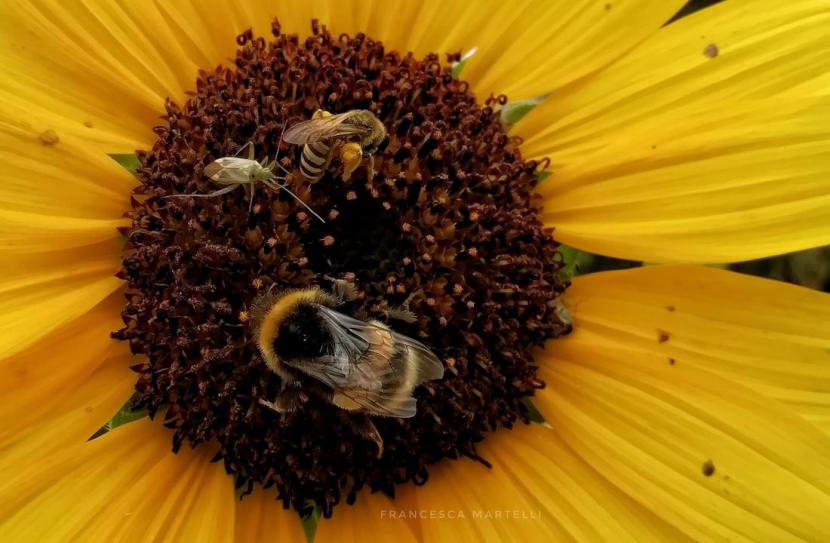
The increase in pollinator-friendly surroundings goes beyond the conventional. The proGIreg group in Torino created two large green walls to cover the Night Hospitality House in Corso Tazzoli. It gives new life to a once vacant building and the soothing green infrastructure fits well with the belief that urban greenery can contribute positively to health and well-being. Regenerating former industrial buildings and making them available for new community ventures whilst greening their fabric is a bold, positive development that the locals are understandably proud of.
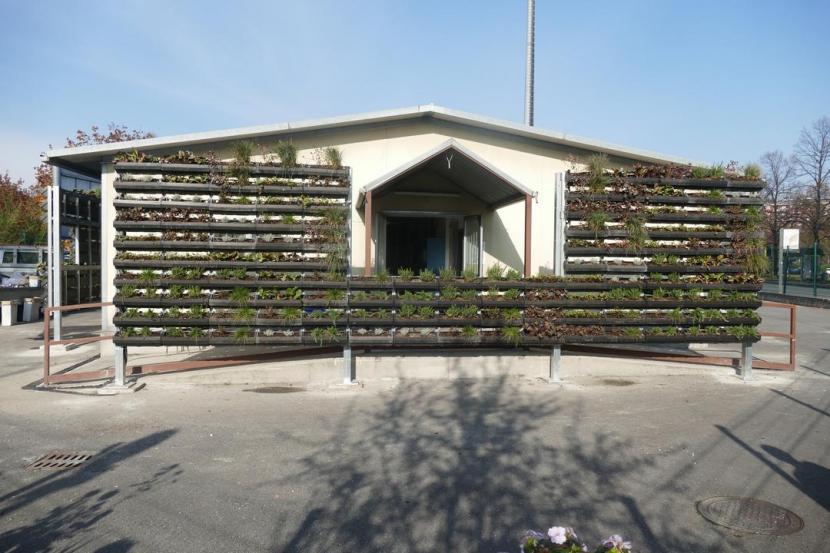
A framework of green plants in front of a building to create a green wall.
It is worth dwelling on the fact that green walls have more than pleasing aesthetic qualities. They reduce noise, filter the air, and help cool buildings – a particularly welcome benefit as Torino can be a hot city in summer.
The ability of good green infrastructure to contribute to citizens’ health and well-being is also evident in the bold ‘Farfalle in ToUr’ project. The project focusses on butterflies, and began in the central district of Cenisia. By creating an urban butterfly oasis the project seeks to help the city on many levels. At the most basic level habitat is restored and connectivity improved for species. However, by engaging with a raft of citizen scientists, which includes both staff and patients from local mental health centres, vital monitoring work can be run in parallel with enhancing social inclusion and tackling mental health issues – all by tapping into the positive influence of involvement with nature.
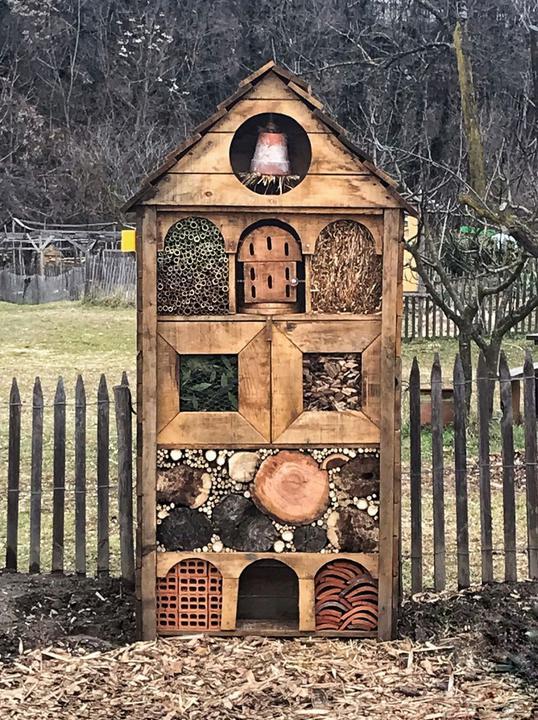
A city commitment to steadily remove pesticide usage dovetails with moves to ensure green spaces are geared to offer forage and shelter for bees, hoverflies, butterflies and other pollinators, whilst the green networks themselves will act as corridors to better link potentially isolated populations of pollinating insects. This is fitting in a city which hosts one of the three major Italian lepidoptera research group in the University of Torino’s Department of Life Sciences and Systems Biology.
ProGIreg are evidence-based in much of their work. They have two pollinator transects inside Piemonte Park, one between the allotments and one in a wide meadow close to the River Sangone. Since 2018 bees and butterflies here have been surveyed to assess the specific impact of nature based solutions. The butterfly monitoring is the first Italian butterfly monitoring scheme using urban transects.
Physical health will also benefit from the pollinator friendly networks in Torino. The evolving parks, green corridors and river banks around the city support active travel ambitions are good for people and nature alike. A series of pleasant cycle paths allow for safer, healthy active travel routes from the periphery into the city centre. Routes along the banks of the River Sangone (as it flows towards the mighty River Po) typifies the delivery of a cycling plan formalised by the development of Torino’s ‘Biciplan’ to increase cycling to 15% of all 5km trips in the city.
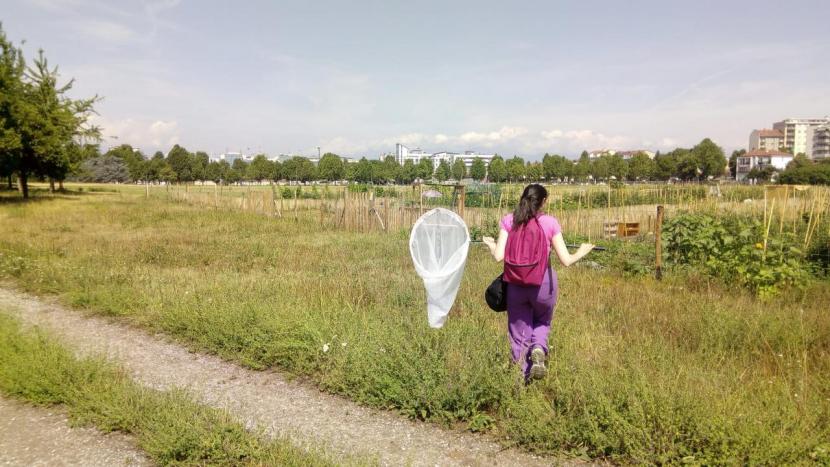
The reassessment of public spaces is also gathering momentum. Piemonte Park is being dramatically redesigned and used for community urban gardens, the drive has included new social farming activities to help with teaching, training and creation of job placements. The social farming project (Orti Generali) is creating interest beyond the city as even small details deliver notable benefits, for example something as simple as animal grazing results in savings for park maintenance budgets.
A particular challenge faced in Torino is being situated in a valley associated with low levels of natural ventilation. The greening steps are going to prove key if the city is to overcome occasional poor air and meet its environmental ambitions. Like all cities there are financial challenges to overcome, but the green approach is clearly gaining momentum.
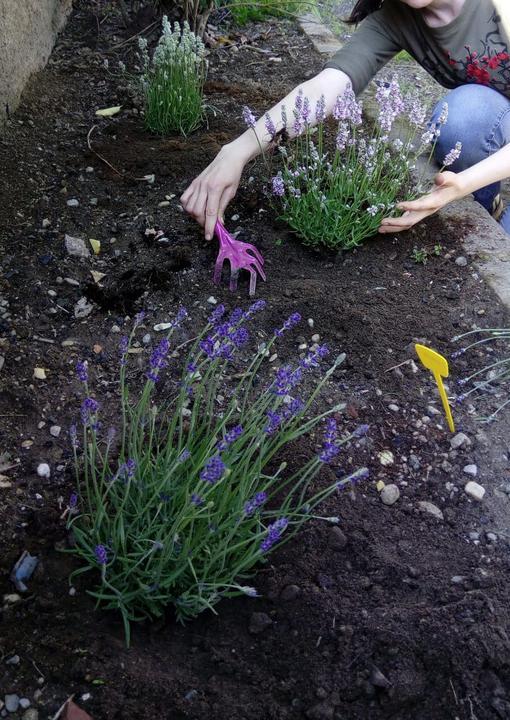
We may associate Torino with Fiat, Bicerin and Juventus for a bit longer, but the signs are that positive change is afoot in this famous Piedmont city.
With sincere thanks to Francesca Martelli for all of her help with this article.
